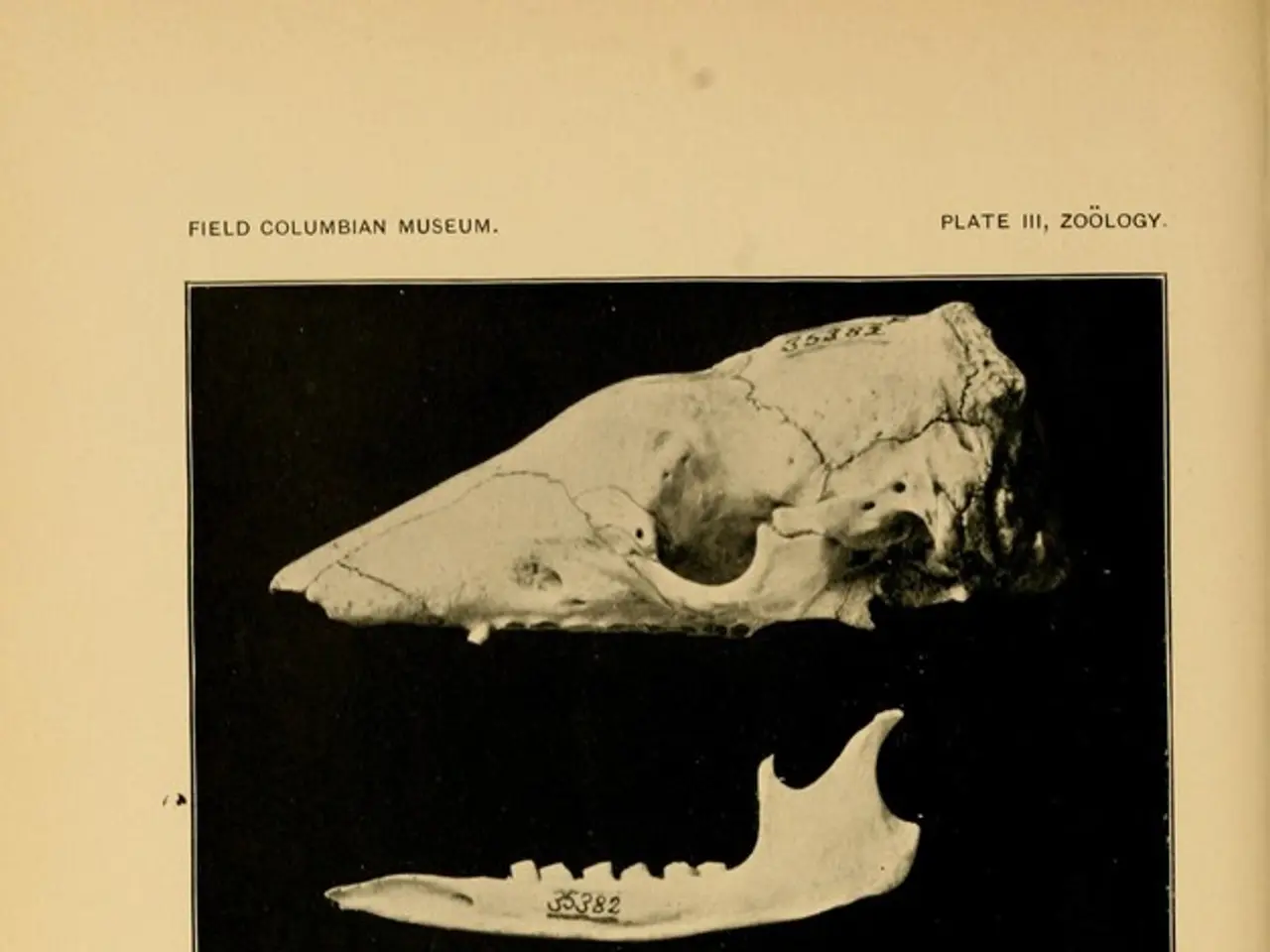Duchenne Muscular Dystrophy: Causes and Inheritance Patterns
Duchenne muscular dystrophy (DMD), a severe genetic disorder primarily affecting males, is caused by mutations in the DMD gene, leading to progressive muscle weakness and life-threatening complications. Let's explore the causes and inheritance patterns of this condition.
DMD is an X-linked recessive disorder. Males, with one X chromosome, typically develop the condition if their X chromosome carries a DMD gene change. Females, with two X chromosomes, usually remain unaffected unless both X chromosomes have the gene change. Around 70% of DMD cases result from inherited gene changes, with the remaining 30% due to spontaneous mutations occurring in egg cells, sperm cells, or early embryo development.
The DMD gene produces dystrophin, a protein vital for muscle cell stability and force transfer. Low dystrophin levels increase the risk of muscle injury and inflammation, eventually leading to muscle tissue replacement by fatty and fibrous tissues. This results in progressive muscle weakness, affecting mobility, and increasing the risk of life-threatening heart and breathing problems.
Duchenne muscular dystrophy is a severe genetic disorder that primarily affects males. Its inheritance pattern is X-linked recessive, with most cases resulting from inherited gene changes. The condition causes progressive muscle weakness and increases the risk of life-threatening complications. Understanding the causes and inheritance patterns of DMD is crucial for early diagnosis, management, and potential future treatments.






